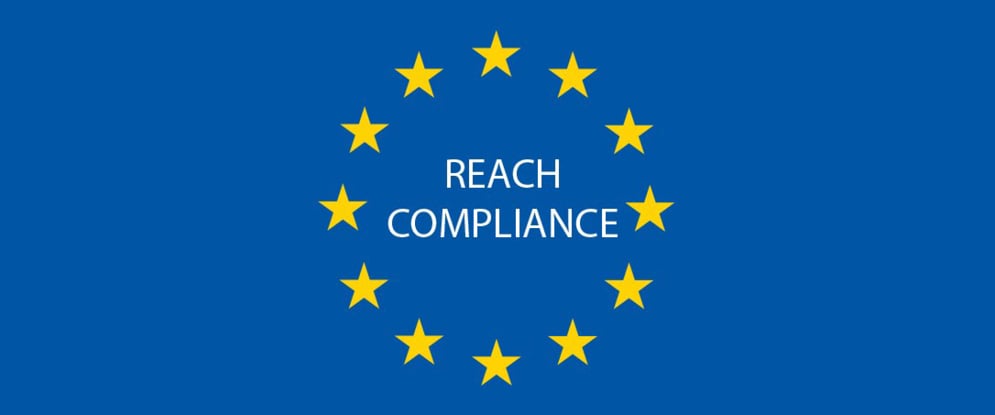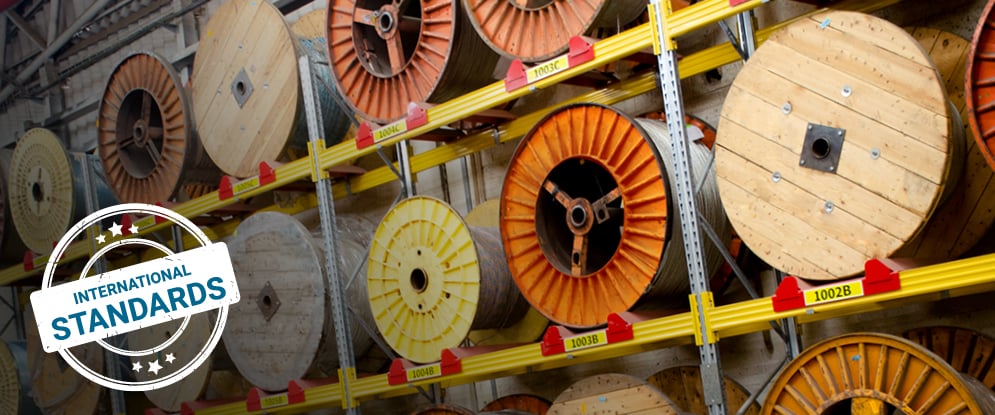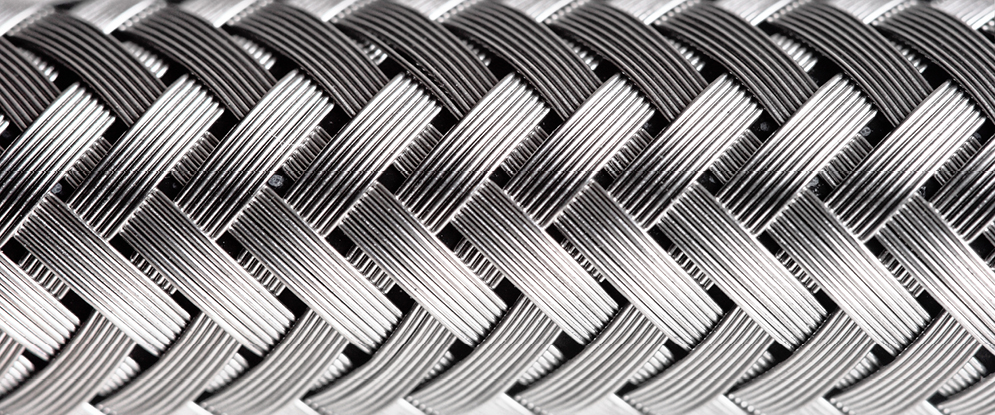Selecting cable materials for harsh environments can be a complex endeavor as it involves taking multiple requirements into account. For this reason and more, it’s imperative to consider the appropriate cable construction and material selection during the earliest stages of system design to avoid having to replace components later on due to damage from elements in harsh environments and even system failure.
In this blog post, we’ll be focusing on how to select the correct materials for harsh environments. This involves taking into consideration various elements and parameters such as oil, chemicals, corrosion, and high and low temperatures in order to meet the requirements and comply with the standards for different environments and applications.
Selecting cable materials for harsh environments and applications
Cable materials for harsh environments are chosen based on two main factors:
- The application or the function of the cable. In this case, the materials are selected based on the following considerations:
- Required communication protocols.
- Electrical requirements – current carrying capacity, DC resistance, dielectric strength.
- Conductor material – fiber optic, copper or hybrid.
- Cable design and structure.
- Environmental conditions where the cables will be located – including operation/installation temperatures, UV, operation/installation tension, exposure to chemicals, solvents and oils, EMC, etc.
- Physical, mechanical and operational factors – including crush and impact radial forces, bending radius, repeated bending, cold impact, dimensional limitations, armoring, weight, color code.
- The standards required for a specific application, industry or environment. These include both national and international standards, as well as approvals from the classification society managing the project and various factors such as fire and safety requirements, as well as the level of chemical resistance required according to environmental standards.
Additionally we take in to consideration the optimization of performance versus cost. As well as the applicable standards and regulations.

Cable Material Selection per Application
When designing cables for specific harsh and extreme environment applications, the materials are selected according to the function that the cables need to perform and the environmental conditions where the cables will be located.
For example, in the case of cables for the Defense market, the materials are determined by multiple factors including:
- Systems which will be operated by various defense divisions such as ground forces, marine forces or HLS.
- The geographical regions and environmental conditions.
- Specific uses such as towing and tethering applications - above-ground or underwater.
- Whether the cables are for permanent or non-permanent/transient and repeated multiple deployment installations.
Based on these factors and more, cables need to be designed with unique materials that ensure they fulfill their required function, maintain ultimate performance in varied harsh environment conditions, ensure ease of operations, and require minimal maintenance in the long-term.
With over 20 years of experience in supplying high-quality cables to the Defense market, Teldor designs and manufactures cables using unique insulating and jacketing materials that are selected and designed according to the specific requirements for diverse environments and applications.
The following table includes the highlights of the main materials selected, together with their primary properties and benefits.
POLYURETHANE
- Excellent flexibility and resilience
- Excellent chemical resistance
- Excellent abrasion resistance
- Temperature range: -40°C to +105°C
- Wide variety of grades:
• Hardness
• Glossy / Matt
• Crosslinked
• HFFR
STR-150™
- Withstands temperatures up to 280°C for short term exposure, without detrimental effect
- Excellent flexibility at low temperature and a continuous operating temperature from -50°C to +150°C
- Excellent resistance to gasoline, automotive brake-fluid, engine oil, hydraulic fluids, grease, de-icing fluids as well as other harmful fluids/oils/solvents normally present in engine and motor compartments at elevated temperatures
- Highly flexible
HTX-125™
- Halogen-free, flame-retardant (HFFR), low-smoke & low corrosive material suitable for both indoor and outdoor use
- Excellent flexibility and abrasion resistance
- Continuous operating temperature from -40°C to +105°C (20,000 hours)
- Withstands temperatures up to 280°C for short-term exposure
- Excellent resistance to fuels, oils, aggressive solvents, ozone and weathering
- Highly resistant to normally used soldering iron applications
- Highly flexible
PTX-150™
- Halogen-free, flame retardant (HFFR, LSZH) material suitable for both indoor and outdoor use
- Excellent chemical ad abrasion resistance
- Good low temperature flexibility and a continuous operating temperature from -40C to +125C
- Excellent resistance to Diesel fuel, gasoline, brake fluid, engine oil and anti-freeze fluids
- Highly flexible
Cable Material Selection per Standard
In some cases and for certain markets such as the Marine, Oil & Gas industry, the selection of cable materials for harsh environments is governed by the need to comply with specific international, regional, and national specifications and standards.
For example, the requirements for insulating and sheathing materials used in marine shipboard and offshore cables intended for use onboard marine vessels such as ocean drilling rigs, submarines, cruise ships, and naval vessels are defined in the standard IEC 60092-360 Edition 2.0 2021-01 (formerly IEC 60092-359).
In addition, offshore cables for harsh environment conditions and mechanical demands are classified as either SHF-1 or SHF-2 and NEK 606 (MUD). The sheathing materials for these categories are predefined. There are several differences in the characteristics of materials classified as SHF-1 or SHF-2. For example, SHF-1 qualified materials are thermoplastic, and offer low flame retardant properties, pressure at high temperature and heat shock resistance. SHF-2 qualified materials are thermosetting or elastomers with ozone resistance. Therefore, the selection of which material are used depends on various environmental aspects and application types. For example, in cases where resistance to oils and fuels is required, the type should be SHF-2 and at times NEK 606.
At Teldor, we’ve been supplying a wide range of cables for Marine, Oil & Gas applications for over 50 years, and have the expertise and capabilities to design custom-made cables for unique customer requirements. Based on our strong commitment to quality, our cables are rigorously tested and certified by leading class societies to ensure they meet the most stringent standards.

We’re here to help you select the right cable materials for your harsh environment application.
Contact us to find out more.















